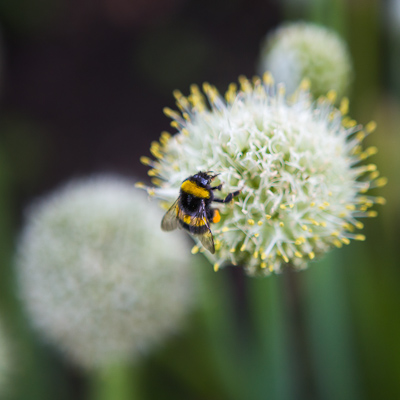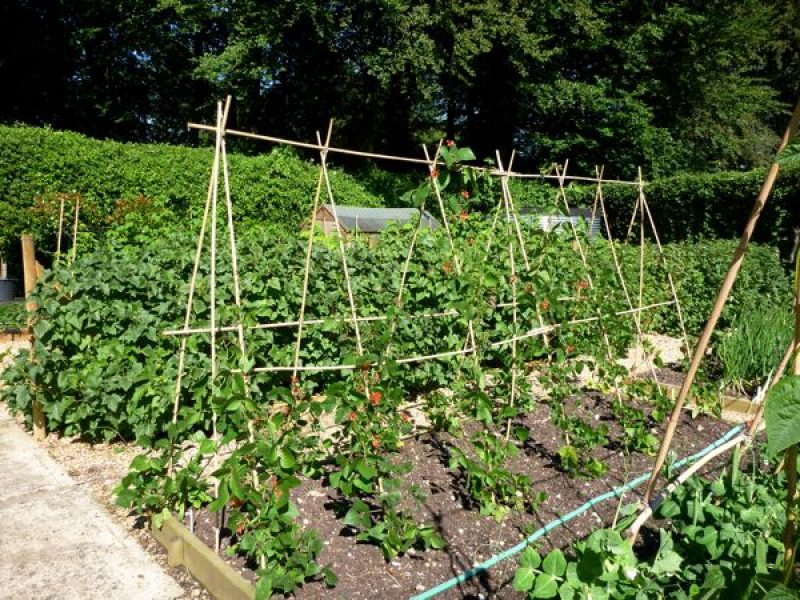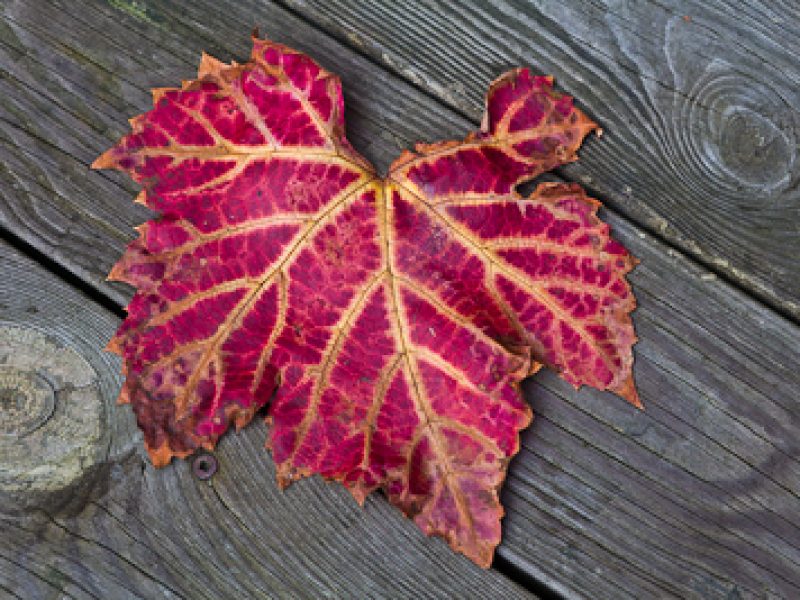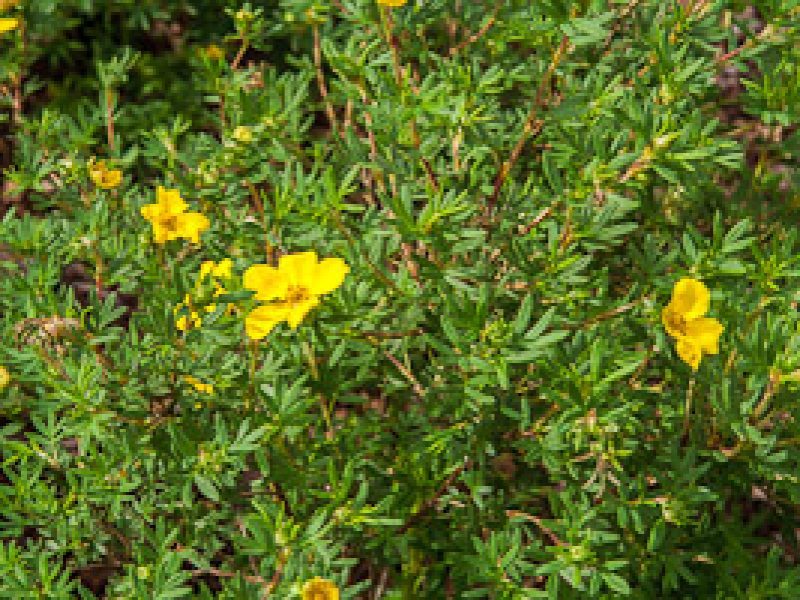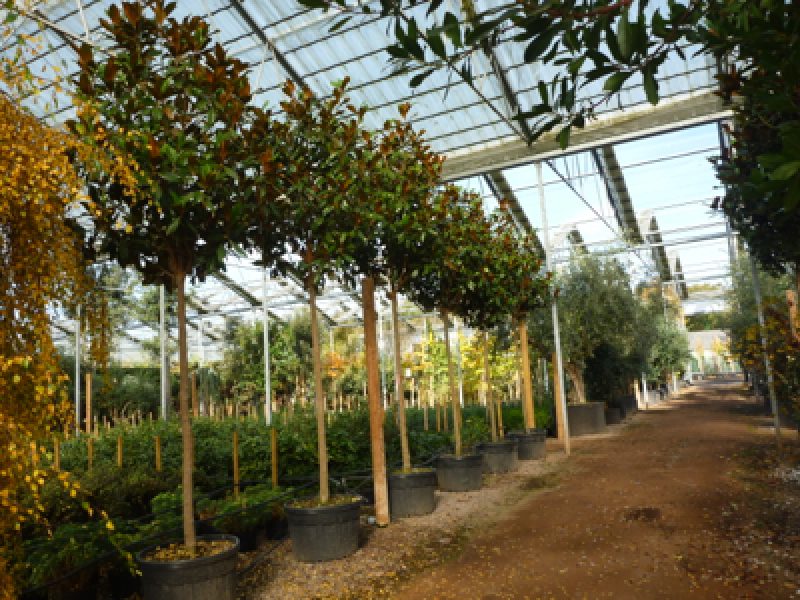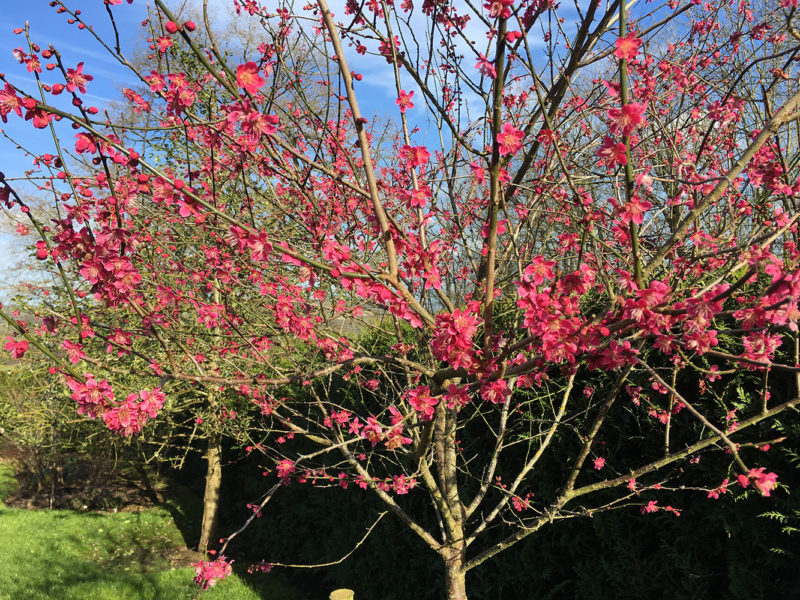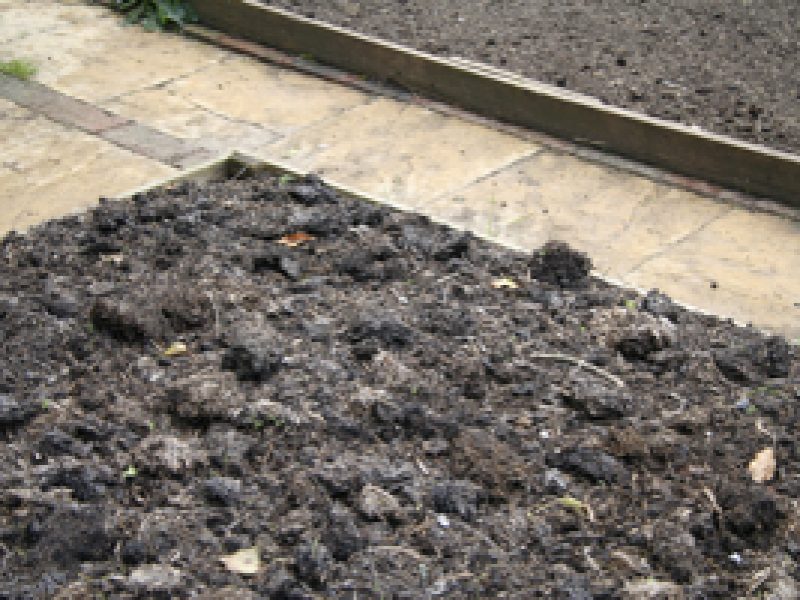Many people think that creating a wildlife-friendly garden is the preserve of eco-friendly sandal-wearing, tofu-munching people. And in some cases that may be true! But designing gardens with wildlife in mind is not only beneficial for the creatures it attracts, but for the garden owner too, so it’s really worth thinking about – whatever your perspective.
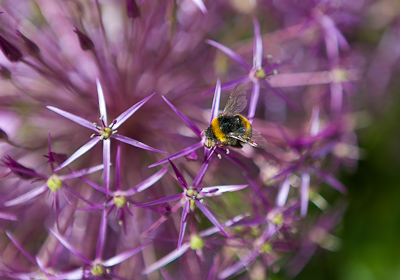
Apart from the pleasure of seeing bees and butterflies on your own patch, attracting the right sort of wildlife into you garden will improve its overall health. Predators such as ladybirds, hoverflies and birds will feed on smaller insects and aphids which cause damage to plants, and with them on the scene there’s no need to resort to chemicals. Plus there’s a massive array of really beautiful plants that will provide the right habitat for a variety of wildlife, so it’s not a question of sacrificing aesthetics either.
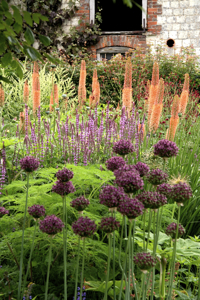
The key to attracting beneficial insects is to plant nectar-rich plants and plants with pollen which are a great food source. In their search for food, on the move from one plant to another the insects transfer pollen. And that pollination results in the formation of seeds and fruit which we benefit from too. So it’s a win-win situation. What’s not to like?!
Honey bees are very much the focus of attention at the moment as their numbers are in decline. But they are not the only insects which provide a valuable pollinating function. Think too about Bumblebees, moths, wasps, beetles, and to a lesser extent, butterflies.

Bees are particularly attracted to mauve, purple, blue and pink flowers – and especially those with a tubular shape like Foxgloves and Buddleia. The plants they go for often have the sort of scent which are attractive to humans too (Lavender, Nepeta (catmint), Salvia), so they keep us all happy!
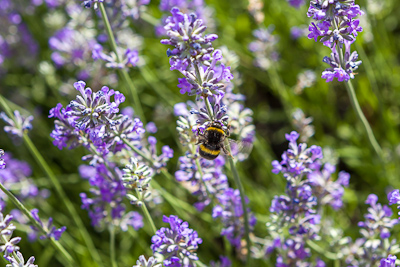
Tubular flowers are also attractive to butterflies and moths. Flies are drawn to plants that have a foetid scent and which we generally find unpleasant (plants such as Eupatorium).
Plants with double flowers (such as some roses and peonies) may be lovely to look at but are often sterile and don’t have any nectar. It’s better from a wildlife perspective to go for single flowers (such as Rosa Rugosa).
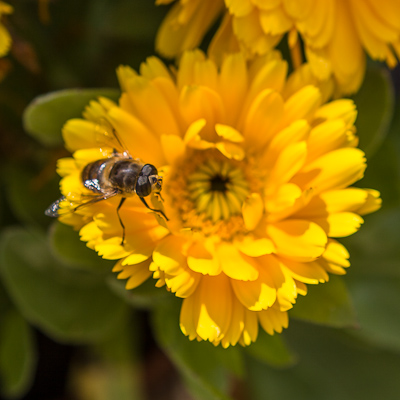
Plants which belong to the Asteraceae (daisy) family feed a wide range of insects such as hoverflies and beetles. And Geraniums are a great source of nectar.
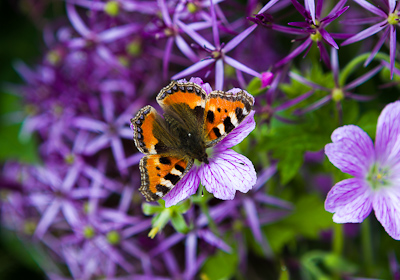
It’s important to think beyond attracting wildlife just in the summer months. You need to encourage insects all year round by including plants that flower at different times of the year. Or if you can, manipulate some plants so that they flower later than usual or for a second time – for example Salvias can be cut down to strong buds after flowering and they should flower again later in the year. If you have a group of one variety of plant you could stagger the pruning of individual plants to stagger and extend the flowering season.
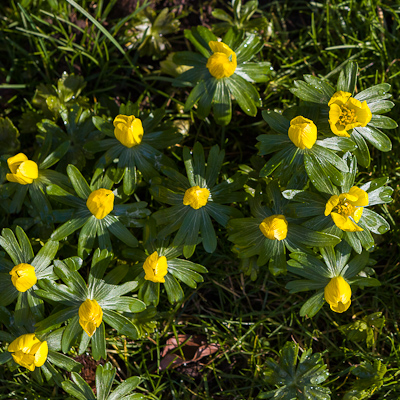
Plant winter-flowering shrubs such as Viburnum tinus, a tall structural evergreen shrub with white flowers from November to February. Winter aconites (Eranthis hyemalis) and Hellebores are also a valuable food source in late winter and early spring.
A number of plants are also of value to insects long after their flowering period – for example the hollow stems of plants such as cow parsley provide a shelter for overwintering beetles, solitary bees and ladybirds. With this in mind (plus also for keeping seedheads for birds) it’s good to leave a number of herbaceous plants standing over winter rather than chopping the lot down in autumn.
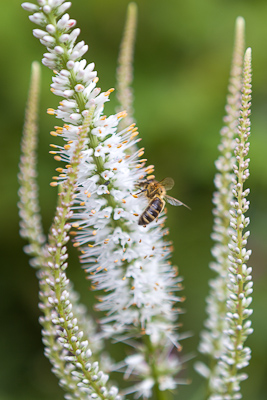
Even what could be considered as boring ground-cover planting has value – Vinca (periwinkle), Lamium (dead nettle) and Ajuga (bugle) are all good early bee plants. And let’s not forget a plant that’s often thought of as a nuisance, Ivy, which produces pollen and nectar late in the season, so that too is worth planting.
The list is so extensive that I’ve only scratched the surface, but hopefully it goes to show that creating a wildlife friendly garden is really not that hard and can be done by anyone and on any scale. And it really is worth it.
